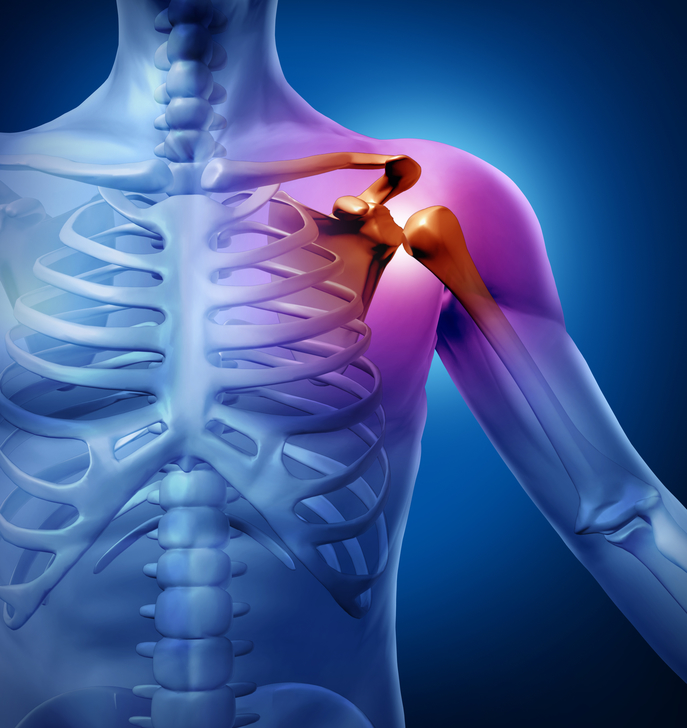Advances in medical technology have led to a variety of pain relief procedures that address persistent pain without major surgery. These procedures use precise techniques to target pain pathways, reduce discomfort, and support function in people coping with a range of complex conditions. Doctors select from a range of minimally invasive options, providing solutions for individuals whose pain has not responded to conventional management.
What Pain Relief Procedures Exist?
Specialists employ a variety of pain relief procedures to disrupt pain signals or encourage healing. Common solutions include nerve blocks, targeted injections, and spinal cord stimulation. These procedures are implemented to address a variety of conditions that cause chronic pain.
Nerve Blocks and Injections
Nerve blocks involve injecting medication near specific nerves to interrupt pain transmission. Common examples include facet joint injections, which address inflammation in spinal joints, and epidural steroid injections, which deliver anti-inflammatory drugs around spinal nerves. Trigger point injections serve patients with muscular pain by focusing on small, tense muscle regions.
Spinal Cord Stimulation
Spinal cord stimulators are implanted devices that deliver mild electrical signals to the spinal cord, masking pain sensations before they reach the brain. The system includes thin electrodes positioned in the epidural space and a pulse generator, all managed through external controls. This therapy is most often used for conditions like complex regional pain syndrome or persistent nerve pain after spine surgery.
What Conditions Do They Treat?
Pain relief procedures offer options for people experiencing chronic pain from several causes. There are many primary conditions that benefit from these innovative methods. These can range from conditions that cause chronic pain due to joint disorders to neurological diseases.
Spinal Pain and Back Disorders
Individuals with chronic back pain related to herniated discs or degenerative disc disease may respond well to nerve blocks or epidural steroid injections. These treatments focus on relieving pain that limits motion and daily function, and may decrease reliance on more invasive surgeries. Some spinal syndromes can be treated through targeted injections, helping restore mobility.
Joint Disorders and Arthritis
Arthritis and other joint diseases frequently benefit from intra-articular injections. These aim to deliver relief directly to inflamed tissues. Some joint disorders may be addressed through nerve blocks and other prescribed injections.
Neuropathic Pain Conditions
Certain nerve disorders, including neuropathy, have shown improvement with advanced procedures like spinal cord stimulation. These therapies target disrupted nerve signaling that triggers pain. They are chosen when medication and conservative treatments have limited effect.
How Is a Procedure Selected?
Selecting an appropriate pain relief procedure depends on careful assessment and tailored planning. Pain management specialists gather detailed histories, reviewing location, severity, and the impact of pain on a person’s daily life. This evaluation can be supported by imaging results to pinpoint anatomical sources of discomfort.
Physical therapy, medications, and noninvasive strategies are often explored first in many cases. When those strategies do not bring adequate relief, doctors may move to procedural approaches. The aim is to use the least invasive treatment likely to achieve meaningful improvement in pain control and function.
Consult a Pain Management Specialist
Pain management physicians possess expertise in both the technical and clinical aspects of these advanced procedures. By conducting comprehensive evaluations, they provide guidance on the most effective options for distinct pain conditions. Their training allows them to interpret complex medical details, utilize imaging, and coordinate multidisciplinary care for optimal patient outcomes.

